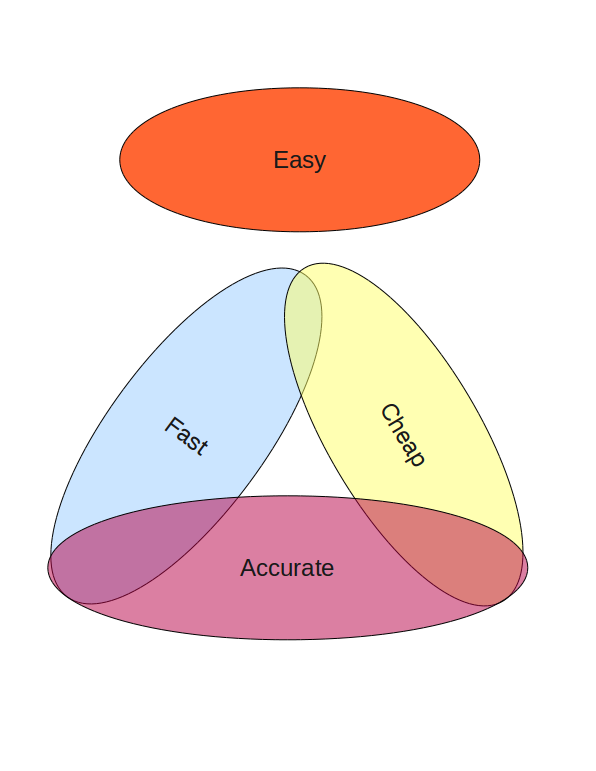What the Sumerians can teach us about data
Pete Warden writes:
I spent this afternoon wandering the British Museum’s Mesopotamian collection, and I was struck by what the humanities graduates in charge of the displays missed. The way they told the story, the Sumerian’s biggest contribution to the world was written language, but I think their greatest achievement was the invention of data.
Writing grew out of pictograms that were used to tally up objects or animals. Historians and other people who write for a living treat that as a primitive transitional use, a boring stepping-stone to the final goal of transcribing speech and transmitting stories. As a data guy, I’m fascinated by the power that being able to capture and transfer descriptions of the world must have given the Sumerians. Why did they invent data, and what can we learn from them?
Although Pete uses the term “Sumerians” to cover a very wide span of peoples, languages and history, I think his comment:
Gathering data is not a neutral act, it will alter the power balance, usually in favor of the people collecting the information.
is right on the mark.
There aspect of data management that we can learn from the Ancient Near East (not just the Sumerians).
Preservation of access.
It isn’t enough to simply preserve data. You can ask NASA preservation of data. (Houston, We Erased The Apollo 11 Tapes)
Particularly with this attitude:
“We’re all saddened that they’re not there. We all wish we had 20-20 hindsight,” says Dick Nafzger, a TV specialist at NASA’s Goddard Space Flight Center in Maryland, who helped lead the search team.
“I don’t think anyone in the NASA organization did anything wrong,” Nafzger says. “I think it slipped through the cracks, and nobody’s happy about it.”
Didn’t do anything wrong?
You do know the leading cause for firing of sysadmins is failure to maintain proper backups? I would hold everyone standing near a crack responsible. Would not bring the missing tapes back but it would make future generations more careful.
Considering that was only a few decades ago, how do we read ancient texts for which we have no key in English?
The ancients preserved access to their data by way of triliteral inscriptions. Inscriptions in three different languages but all saying the same thing. If you know only one of the languages you can work towards understanding the other two.
A couple of examples:
Van Fortress, with an inscription of Xerxes the Great.
Behistun Inscription, with an inscription in Old Persian, Elamite, and Babylonian.
BTW, the final image in Pete’s post is much later than the Sumerians and is one of the first cuneiform artifacts to be found. (Taylor’s Prism) It describes King Sennacherib’s military victories and dates from about 691 B.C. It is written in Neo-Assyrian cuneiform script. That script is used in primers and introductions to Akkadian.
Can I guess how many mappings you have of your ontologies or database schemas? I suppose the first question should be if they are documented at all? Then follow up with the question of about mapping to other ontologies or schemas. Such as an industry standard schema or set of terms.
If that sounds costly, consider the cost of migration/integration without documentation/mapping. Topic maps can help with the mapping aspects of such a project.
